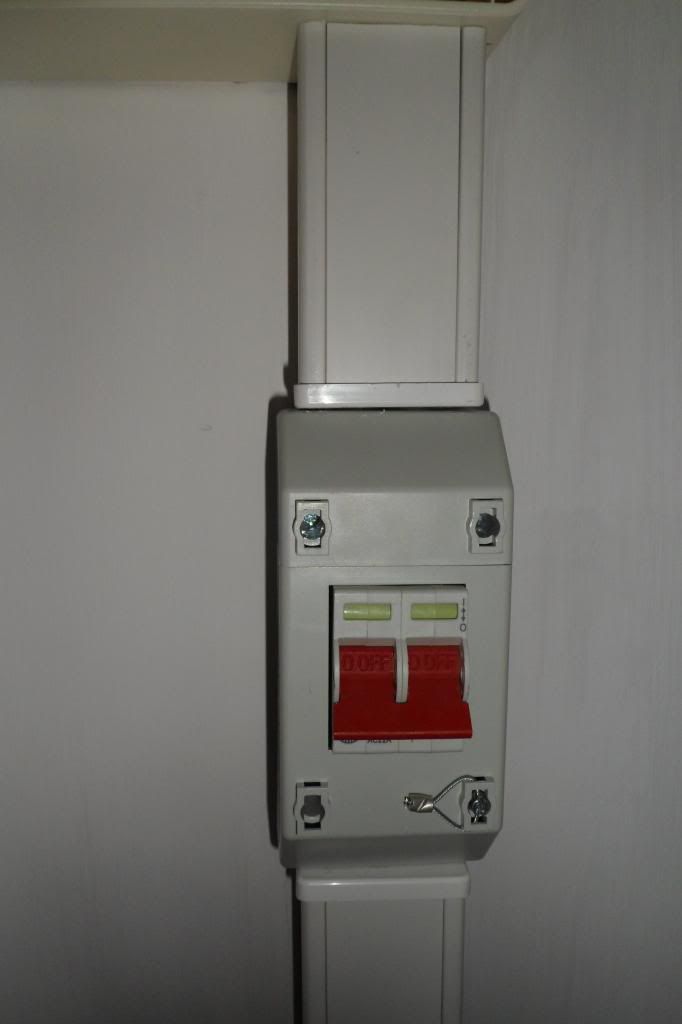hi all
New here so be gentle, I have been ask to quote for a cu change, at the moment it has two wylex 3036 with three circuits in each and a rcd garage unit, so quiet a bit of a mess. I will probably use a BG cu as quiet like those and price is good but feel I may need extend some circuits to fit. Also may need move metter over as it smack in the middle.
q1 its it difficult to move meter over it the old dia type
q2 am a better using a din rail box and pushfits , if so which are the best
q3 assuming no extra work is needed what would be a fair price
regards
dave
New here so be gentle, I have been ask to quote for a cu change, at the moment it has two wylex 3036 with three circuits in each and a rcd garage unit, so quiet a bit of a mess. I will probably use a BG cu as quiet like those and price is good but feel I may need extend some circuits to fit. Also may need move metter over as it smack in the middle.
q1 its it difficult to move meter over it the old dia type
q2 am a better using a din rail box and pushfits , if so which are the best
q3 assuming no extra work is needed what would be a fair price
regards
dave


































































